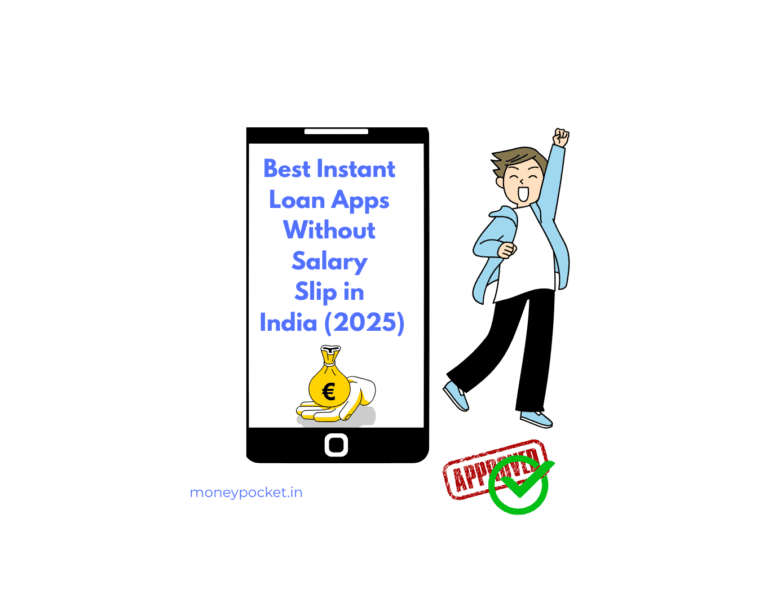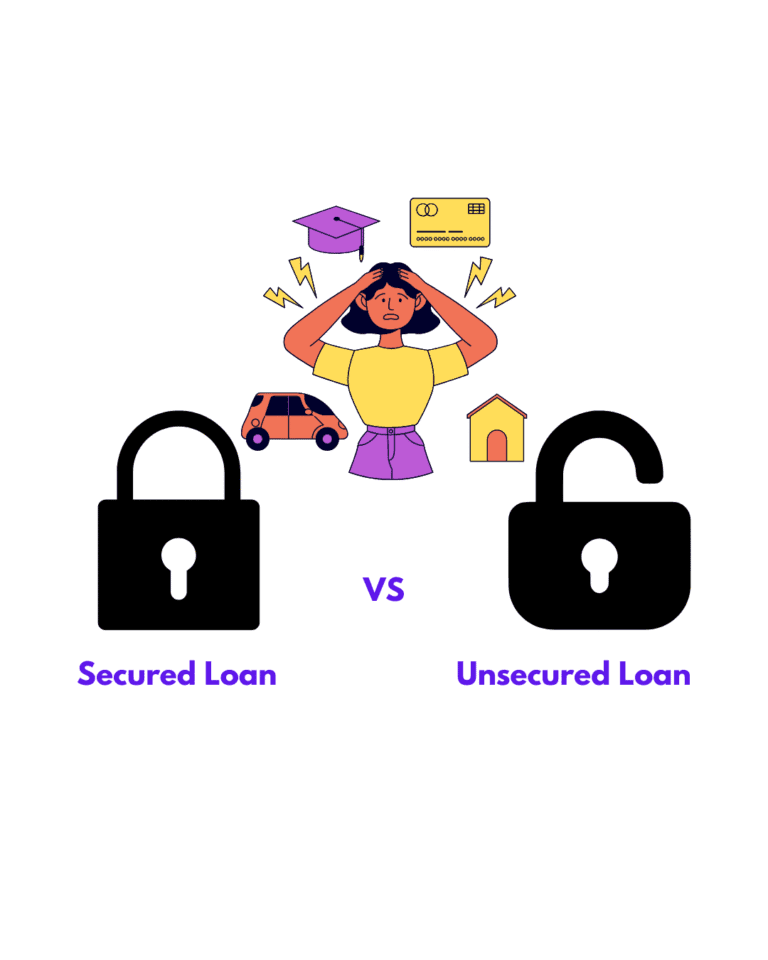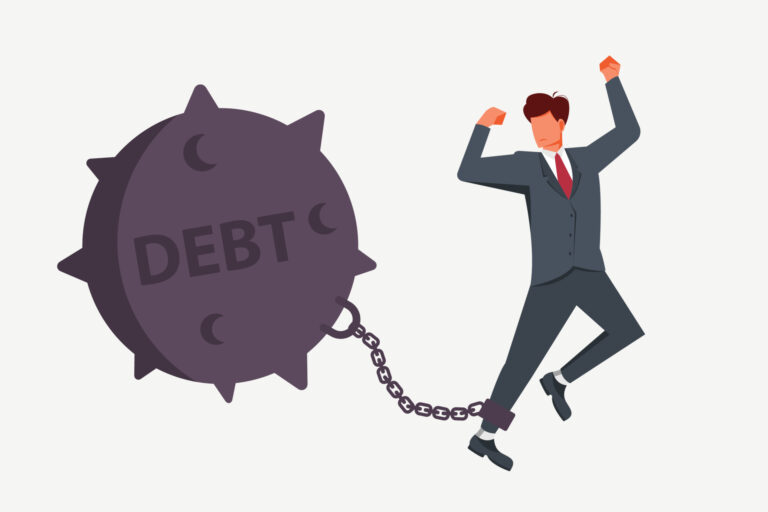The Untold Truth: Why Our Grandparents Lived Without Loans
We often wonder how our grandparents managed to live without the burden of loans. In today’s world, debt is common. But their financial freedom seems like a lost art. What if their secret was simple and timeless?
Generational finance practices helped them stay debt-free. They lived frugally and saved a lot. This approach helped them achieve financial freedom. Let’s learn from their strategies for our own financial paths.
Key Takeaways
- Simple financial practices can lead to debt-free living
- Frugality and savings were key to our grandparents’ financial independence
- Understanding generational finance practices can inform our own financial decisions
- Adopting a debt-free lifestyle requires discipline and patience
- Financial independence is achievable with the right mindset
The Economic Landscape of Our Grandparents’ Era
The post-independence era in India was filled with economic challenges. These challenges shaped our grandparents’ financial habits. The country was going through big changes, and the economy was very different from today’s.
Post-Independence Indian Economy and Its Challenges
India’s economy after independence mixed socialist and capitalist ideas. The government controlled many industries, which sometimes caused problems. Limited banking infrastructure was a big issue, especially in rural areas.
Limited Banking Infrastructure in Rural India
In rural India, banking services were hard to find. This made it tough for people to get basic financial help. They had to rely on cash-based transactions and informal loans. The lack of formal banks led to simpler financial systems.
Simpler Financial Systems with Cash-Based Transactions
The economy mainly used cash, making things simpler than today’s financial systems. People saved money and budgeted carefully to avoid debt. Key parts of this system included:
- Cash-based transactions
- Informal savings groups
- Minimal credit options
The Absence of Easy Credit Options
Unlike now, easy credit wasn’t around, so people saved or got help from their community for big needs. This lack of easy credit helped create a culture of financial independence without borrowing.
Our grandparents showed great strength and flexibility in tough economic times. They set the stage for the financial habits that helped them succeed.
The Untold Truth: Why Our Grandparents Lived Without Loans
Traditional Indian society had a strong dislike for debt. This dislike shaped how our grandparents made financial choices.
Cultural Attitudes Toward Debt in Traditional Indian Society
In traditional Indian society, “Karz” (debt) was more than just money. It was seen as a moral and ethical issue.
The Concept of “Karz” and Its Social Implications
“Karz” meant a deep sense of duty and responsibility. Borrowing was rare, and paying back debts was seen as a moral obligation.
The Stigma of Borrowing Money in Close-Knit Communities
In tight-knit communities, taking loans was frowned upon. People who borrowed were often seen with suspicion or pity.
How Reputation Was Tied to Financial Independence
In these communities, being debt-free was key to a good reputation. It showed respectability and responsibility.
Cultural Aspect | Impact on Financial Decisions |
Aversion to Debt | Guided financial choices toward saving and investing |
Concept of "Karz" | Emphasized moral duty to repay debts |
Stigma of Borrowing | Discouraged borrowing and encouraged financial independence |
Today, these old values still shape our money choices. They teach us the value of living without debt.
The Value System That Shaped Their Financial Decisions
Our grandparents made financial choices based on a strong value system. They valued self-reliance and thinking long-term. These values came from their culture and upbringing, guiding their money management.
Self-Reliance as a Core Principle in Indian Households
In Indian homes, self-reliance was key to managing money. They aimed to be independent and avoid outside financial help unless needed.
The Influence of Gandhi’s Swadeshi Movement
The Swadeshi Movement, led by Mahatma Gandhi, promoted self-reliance. It encouraged making your own goods and being self-sufficient. This movement deeply influenced the financial mindset of Indians.
“The Swadeshi spirit is not merely a boycott of foreign goods; it is a spirit that pervades every aspect of life, making us self-reliant and independent.”
Long-Term Thinking vs. Today’s Instant Gratification Culture
Our grandparents focused on the future, not just immediate needs. This is different from today’s culture, which values quick satisfaction.
Planning for Next Generations Rather Than Next Purchases
They planned for their children and grandchildren’s financial future. This forward-thinking helped them make wise financial choices for the long haul.
Financial Aspect | Our Grandparents' Approach | Modern Approach |
Savings | Long-term planning | Short-term needs |
Self-Reliance | High emphasis | Low emphasis |
Financial Independence | Primary goal | Secondary consideration |
By adopting these traditional values in our financial planning, we can achieve better stability and security.
Living Within Means: The Forgotten Art
Our grandparents knew how to live within their means. This skill is rare today. It wasn’t just about saving money; it shaped their whole life.
How Our Grandparents Distinguished Between Needs and Wants
They knew the difference between needs and wants. They used a simple question to decide.
The Simple Question: “Do We Really Need This?”
Before buying something, they asked, “Do we really need this?” This helped them spend wisely. They focused on what was truly important.
The Minimalist Lifestyle That Defined Indian Middle-Class
The Indian middle-class lived simply. They valued simplicity over stuff. This choice brought them joy and peace.
Finding Joy in Simplicity Rather Than Possessions
Our grandparents loved the simple things. They enjoyed family, nature, and hobbies. They taught us that happiness comes from appreciating the small things, not from buying more.
By living simply, our grandparents saved money and stayed financially stable. Their lessons in minimalist lifestyle and saving money tips are still useful today.
Saving First, Spending Later: The Reverse of Modern Habits
Our grandparents saved money before they spent it. This was key to their financial success. It helped them avoid taking loans.
The Sacred Tradition of Monthly Savings Before Expenses
They saved a part of their income at the start of each month. This made sure they saved before they spent.
The ubiquitous steel almari (cabinet) with hidden compartments was a common sight. It kept their savings and valuables safe.
- Monthly savings were a must.
- Savings were kept in secret places.
- This habit taught them to save.
The Ubiquitous Steel Almari (Cabinet) with Hidden Compartments
The steel almari was more than furniture. It showed the family’s dedication to saving for the future.
Emergency Funds: How Our Grandparents Prepared for Uncertainties
Our grandparents knew the value of being ready for unexpected events. They built emergency funds to keep their finances stable during tough times.
Gold and silver were seen as safe investments. They protected against economic downturns and other risks.
- Investing in gold and silver was common.
- These were considered safe options.
- They acted as a financial safety net.
Gold and Silver as Traditional Security Blankets
Gold and silver were more than just valuable. They were a way to secure the family’s financial future. They were often passed down through generations.
Also Read:- How to Get a Personal Loan with Low Interest Rate in India (2025)
Family Economics: How Extended Families Shared Financial Burdens
Joint family systems were key in managing money in Indian families. In traditional Indian society, extended families lived together. They shared resources and took on shared responsibilities.
The Financial Advantages of Joint Family Systems in India
The joint family system had many financial benefits. Family members could pool their resources. This helped them save money and reduce financial stress.
Shared Resources and Divided Responsibilities
In a joint family, everyone shared things like housing and food. They also split up household chores and childcare. This made things easier for everyone.
Community Support Networks That Replaced Formal Loans
Community support was crucial in traditional Indian family economics. These networks often took the form of informal savings groups.
The Tradition of “Chit Funds” and Rotating Savings Groups
Chit Funds and rotating savings groups were common. Members would save a set amount each time. Then, the money would go to one member to help with big expenses.

These old ways helped build community and offered financial help. They showed how intergenerational financial habits could be both useful and supportive.
- Shared living expenses reduced individual financial burdens.
- Community support networks provided financial assistance.
- Traditional savings groups like Chit Funds helped in meeting significant expenses.
The Art of Patience: Saving for Major Purchases
Our grandparents saved for big things with patience and smart money moves. They looked ahead, avoided debt, and saved a lot.
Housing: The Incremental Building Approach vs. Mortgage Debt
They built homes bit by bit, without taking on mortgage debt. They saved until they could pay cash for a house.
Room by Room: How Homes Grew With Savings
They built homes room by room, as they saved enough. This way, families could grow their homes as their savings did.
Celebrating Debt-Free Milestones as Family Achievements
Reaching big goals, like finishing a home, was a big deal. They celebrated with ceremonies, showing the joy of being debt-free.
The Pride in Owning Things Outright
Owning something without debt brought them pride. This pride kept them motivated to save more.
Looking back, our grandparents’ patience and saving were crucial. By following their example, we can aim for a debt-free life. This brings freedom and security.
Traditional Skills That Reduced Dependency on Purchased Goods
Our grandparents lived a self-sufficient life. They used traditional skills to cut down on buying things. This way of life encouraged creativity, resourcefulness, and brought people together.
Self-Sufficiency Through Home Production and Preservation
Home production was a big part of their self-sufficiency. They were good at cooking, baking, crafting, and fixing things. They also knew how to preserve food like pickling and jam-making, so they could enjoy fresh produce all year.
From Pickles to Papads: The Home Industry Culture
Families made their own goods, like pickles, papads, and spices. This saved money and ensured the quality of what they made.
Repair Culture vs. Today’s Replacement Mentality
They also had a strong repair culture. Instead of throwing things away, they fixed them. This helped reduce waste and saved money.
The Value of Maintaining and Repurposing Items
They loved to keep things going and find new uses for them. Old clothes became quilts or cleaning rags. Broken furniture got fixed instead of being thrown away.
The Psychological Freedom of Debt-Free Living
Our grandparents lived in a time with less financial stress. They enjoyed a peace of mind that’s hard to find today. This peace came from living without debt.

Financial Stress in Modern Times vs. Our Grandparents’ Peace of Mind
Today, we face a lot of financial stress, with debt being a big part of it. But our grandparents didn’t have to deal with loans. They enjoyed a peace of mind that let them live more freely.
The Mental Health Benefits of Owing Nothing
Being debt-free has big mental health benefits. Without debt, people can choose what’s truly important to them. They’re not held back by money worries.
How Financial Independence Created True Freedom of Choice
Financial independence gave our grandparents the freedom of choice. They could live their lives as they wanted, make purchases, and plan for the future without debt worries.
Making Decisions Without Debt Constraints
This freedom let them make choices based on their values and needs. It’s a powerful example of how financial independence can lead to a more fulfilling life.
What Changed? The Shift Toward Credit-Based Living in India
When India opened up to the world, a big change happened in how people managed money. The country moved from mostly using cash to relying more on credit.
The Rise of Consumerism After Economic Liberalization
The 1991 economic reforms marked a big change. These reforms opened up India’s economy and deeply affected how people handled money.
The 1991 Reforms and Their Impact on Personal Finance
These reforms brought in more foreign goods and services. This changed how Indians spent money, moving away from saving and towards buying more.
How Marketing Created “Essential” Needs in Indian Households
Marketing played a big part in this change. Companies started making people think they needed certain products to live a modern life.
The Social Pressure of Keeping Up With Neighbors
This made people feel they had to keep up with others. Wanting to be seen as successful led to more spending, often paid for with credit.
These changes have made India more credit-based. Knowing about these shifts helps us understand today’s financial world.
Lessons We Can Apply Today While Living in a Different Economy
Looking at our grandparents’ financial ways can teach us a lot today. They managed money without loans, showing us how to be financially stable.
Adapting Traditional Wisdom to Modern Financial Challenges
Our grandparents were wise with money, living simply and carefully. By adapting traditional wisdom to today, we can build a personal financial philosophy that fits our ancestral values. This means watching our spending and saving more.
Creating a Personal Financial Philosophy Based on Ancestral Values
To make a personal financial plan, first think about your goals and values. Look at how your grandparents handled money and apply those lessons to your life. This might mean living more simply or saving for the future instead of spending now.
Practical Steps Toward Reducing Dependency on Loans
To cut down on loans, you need discipline and a solid financial plan. One good step is to save for emergencies, so you don’t need loans for unexpected costs. Also, having strong savings systems helps you reach your financial goals without credit.
Building Modern Emergency Funds and Savings Systems
Strategy | Description | Benefit |
Automated Savings | Set up automatic transfers to your savings account. | Consistent savings without having to think about it. |
Emergency Fund | Save 3-6 months' worth of expenses. | Financial security during unexpected events. |
Budgeting | Create a budget that accounts for all expenses. | Better control over your finances. |
Conclusion: Honoring Our Financial Heritage While Navigating Today’s World
Looking back at our grandparents’ financial advice, we learn a lot. They lived without debt and were financially free. Their wisdom was based on being self-reliant, thinking long-term, and valuing simplicity.
Today, we face new financial hurdles. Yet, we can still follow their timeless advice. By focusing on what we need, saving for emergencies, and being patient, we can avoid debt. This way, we build a solid financial future.
We must mix our grandparents’ financial lessons with today’s needs. This balance helps us achieve financial freedom. It also secures a stable financial base for us and our families.
FAQ
Q.1 Why did our grandparents avoid taking loans?
Our grandparents didn’t take loans because of cultural views on debt. They also had limited credit access. Plus, they valued self-reliance and living within their means.
Q.2 How did our grandparents manage to save money without formal savings plans?
They saved money in old ways. They saved before spending, used secret cabinets, and bought gold and silver. These steps helped them prepare for the future.
Q.3 What role did extended families play in managing finances?
Extended families in India shared financial duties. They used joint family systems and community groups. This reduced their need for formal loans.
Q.4 How can we apply our grandparents’ financial wisdom to our modern lives?
We can use their wisdom by making a personal financial plan. We should build emergency funds and savings. And we should try to use less debt.
Q.5 What is the significance of the concept of “Karz” in Indian culture?
“Karz” or debt is seen as a moral and social duty in India. This view made borrowing money stigmatized.
Q.6 How did our grandparents differentiate between needs and wants?
They lived simply and thoughtfully. They asked if they really needed something before buying it. They found happiness in simple things, not in stuff.
Q.7 What can we learn from our grandparents’ approach to saving for major purchases?
We can learn to save patiently for big things like homes. They showed us the value of saving instead of borrowing. And they celebrated being debt-free as a family win.
Q.8 How did traditional skills contribute to our grandparents’ financial independence?
Their skills in making and fixing things made them self-sufficient. This reduced their need for bought goods. It helped them stay financially independent.
Q.9 What are the psychological benefits of living debt-free?
Being debt-free relieves financial stress and brings peace of mind. It improves mental health. It lets people make choices without debt’s weight.
Q.10 How can we reduce our dependency on loans in today’s economy?
We can cut down on loans by building strong savings. We should have emergency funds. And we should plan for the long term, not just rely on credit.
Liked this blog? Share it with a friend who needs a financial wake-up call.
Want more? Subscribe to MoneyPocket.in for smart money tips every week.







